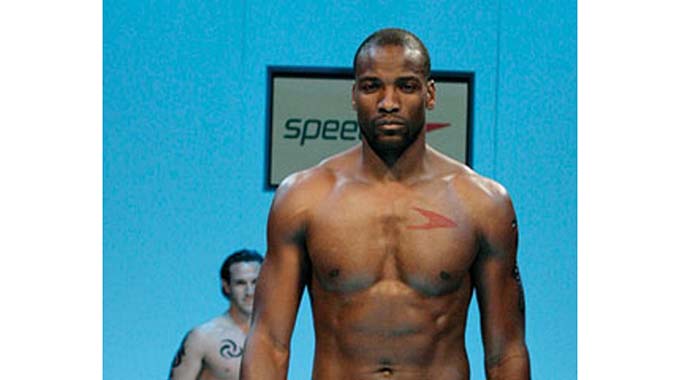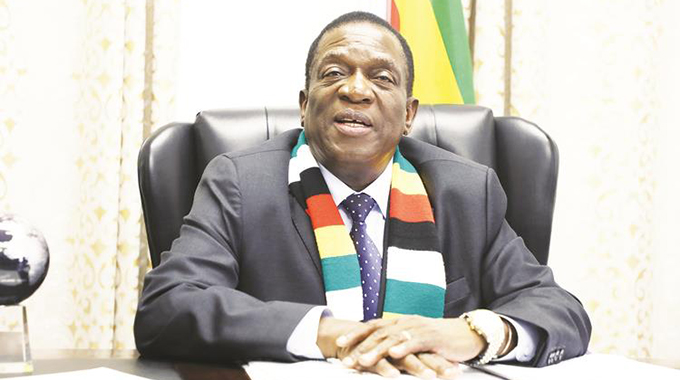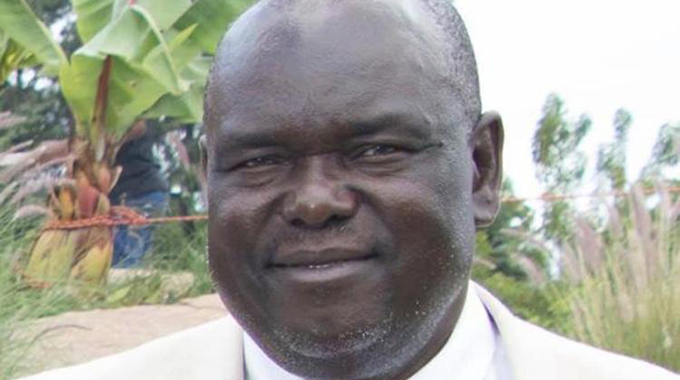The dilemma of local male models

Rebecca Kabaya Arts Reporter
In the 1970s, well known international models Kate Moss and the famous Tyra Banks became some of the household names, taking the catwalk by storm in heron chick fashion shows across the globe. From being mere aspiring and ordinary ladies, they found themselves dining at the top end, attending endless parties, revelling in rich trappings associated with modelling.
Years later, an avalanche of men took an interest in the ramp, diluting the feminine space that had been a preserve for women.
From being a feminine career, dominated by tall, slender, beautiful and well pimped women, men also started competing for the same space and audiences.
The early 1980s marked a dramatic turn in the world of modelling with the Swedish-born Markus Schenkenberg, being hailed as the world’s first male supermodel.
The phenomena spread across the globe, and Zimbabwe was not left out as many men, took a like to the world of fashion and modelling.
Notable names that easily come to mind include Jonathan Denga, and Jefferson Muserera. Blessed with looks, good height and body stature, these male models had their fair share of fame, gracing high profile modelling events, adverts and taking a sizeable share in local magazine covers.
While the lives of male models have been characterised by red carpets, glitz and glamour, it has not been smooth sailing for them, as some sections of society has failed to embrace their presence on the catwalk.
Despite their measure of success on the ramp, some sections of society actually question their sexual orientation, with others accusing them of being gay and lazy.
Denga, a retired model who went far with his career including making a name and winning awards in South Africa, said being a male model is tough especially locally.
“We are living in a conservative society therefore the levels of ridicule for male models is high. The modelling industry itself is not recognising male models. You find that in most adverts or campaigns these days, they use celebrities like singers or actors, which is turning their backs on the upcoming models,” Denga said.
Models are paid for exposure value therefore if they do not get enough exposure through pageants, adverts or campaigns to economically sustain them their art becomes a hobby, not a career. Male Model Award winner of 2017 and television presenter of “Coca-Cola on the Beat” Jefferson Muserera said men in the modelling industry are viewed as lazy. They are accused of turning to modelling to cover up their sluggish life.
“People think that as models we are lazy to find jobs, therefore we turn to modelling but no. It is actually hard to get employed in the industry because we already have a stiff competition with the girls who are the most preferred ones in most events,” Muserera said.
He added that there is great need to educate the society on the importance of modelling to improve and encourage those who have dreams to become male models of tomorrow.
“As male models, we need to improve how we brand ourselves. We need to remove the fear of what people will say and that senseless mentality that if you are a man you should not be too smart or look good,” he said.
Muserera said he grew up as a smart child who loved to look good and always took dressing seriously and that is how he branded himself as a model up to now.
Wilbert Rukato, director and founder of Size 4 modelling agency which is well known for nurturing both male and female models in Zimbabwe, raised a few concerns and views towards the male models of today.
Rukato said working with male models is much easier as their basic requirements are simpler than those of females. He also praised male models for being dedicated to their work.
“I appreciate male models because of their unwavering effort they put judging from the few I have managed to work with, they do not require extra attention like women who need a lot of makeup, nails and hairstyles,” said Rukato.
Rukato said the major reason why Zimbabwean male models are not getting a lot of exposure is because of the stigmatisation that is currently prevailing in the industry.
“Currently if one is to take a closer look in the modelling business you will see that there are more pageants for ladies than man for example there is Miss Zimbabwe, Miss Tourism, Miss Curvy for women and nothing diverse for men.
“As a male director of a modelling agency, these are some of the issues I am trying to rectify through pageants like currently we have an upcoming “King Runway” for men and “Queen Cat Walk” for ladies,” he said.
“Male models are being looked down upon by the society at large, especially their parents that regard modelling as promiscuous. I have encountered situations where I ended up negotiating with parents to let their sons participate in the modelling events.
“When I started my modelling career, I actual faced extreme stigmatization. I was called gay to such an extent that whenever I am going out to any event I have to go with my wife to prove that I am a straight man only with a modelling passion.”
Many of them end up being isolated by family and friends leading to the failure or abandoning of one’s modelling career.








Comments